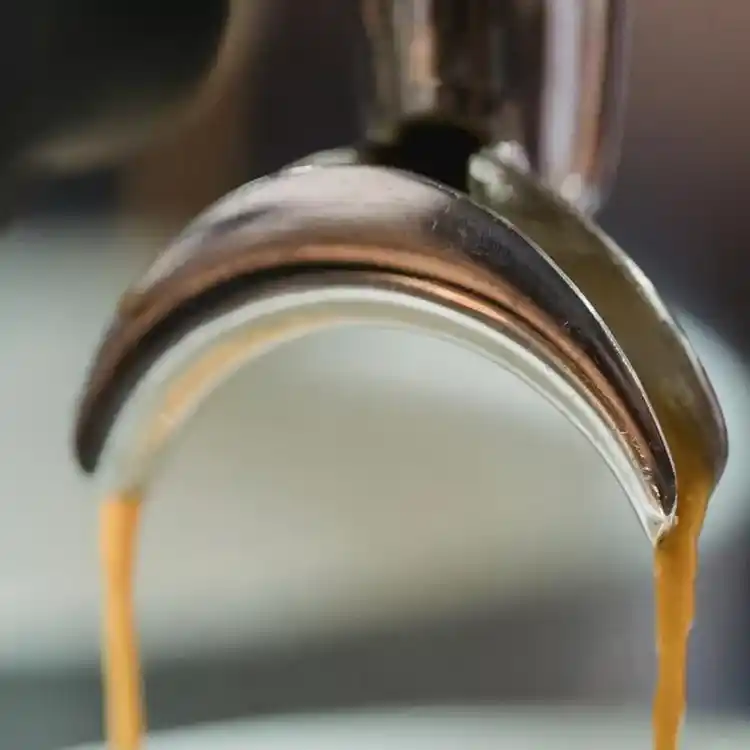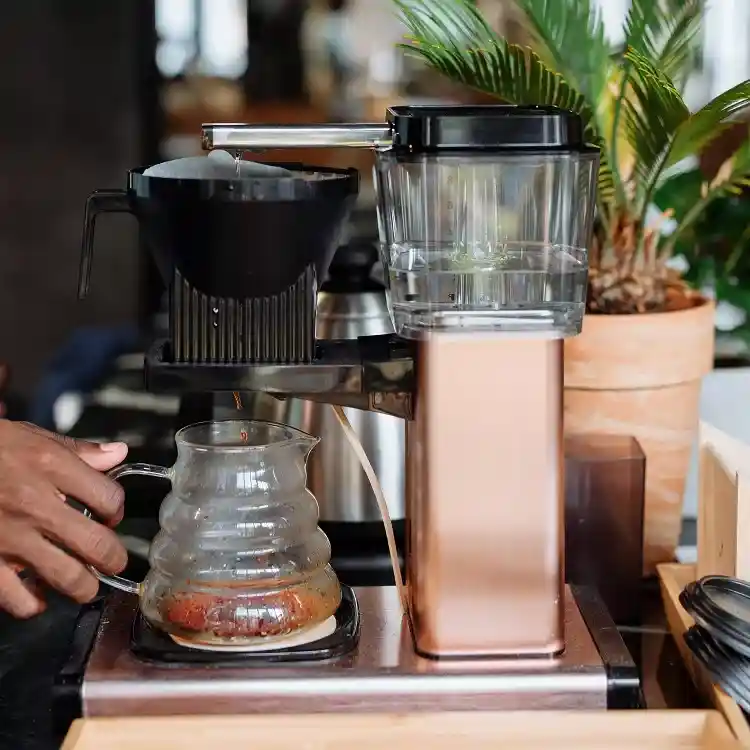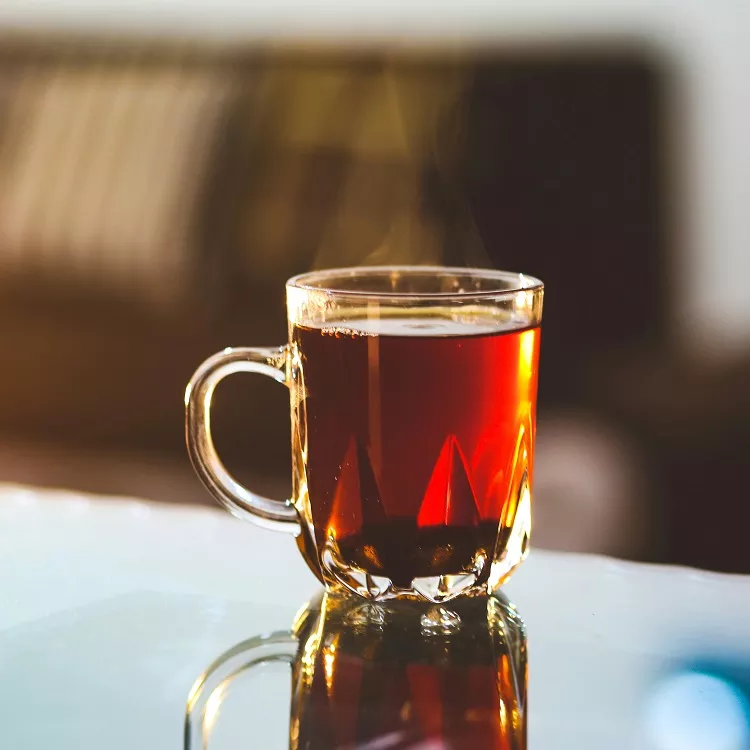What is espresso and why it is unique
Espresso is a whole philosophy of coffee art, a symbol of quality and craftsmanship. Espresso is prepared by rapid extraction: hot water under 9 bar pressure passes through a tightly compressed portion of ground coffee, creating a rich, aromatic and creamy drink with a volume of only 25-30 ml. Despite the small portion, the espresso has an exceptional depth of flavor.
The idea of brewing coffee under water pressure first appeared in Italy in the early 20th century. Luigi Bezzera’s legendary machine made it possible to prepare espresso quickly, and the rich coffee drink captured the hearts of coffee lovers! Even then, coffee shops began to be associated with the ritual of espresso – a short stop, a few sips and moving on with new strength.
Espresso has become the basis for many other drinks: cappuccino, latte, and Americano. But at the same time, it is self-sufficient. Its uniqueness in balancing flavor, aroma, and texture is achieved through precision in espresso preparation.
Selecting coffee beans for espresso
To make a really good espresso, you need to start by choosing the right beans. Not all beans are equally suitable – it is important to consider the variety, geography of origin, and degree of roasting.
The classic choice for espresso is a blend of Arabica and Robusta. Arabica has a wider range of flavors: from fruity and wine to chocolate. It adds complexity and acidity to espresso. Robusta, in turn, adds bitterness, body to the coffee, increases the caffeine content and provides a dense cream.
The origin of coffee beans has a significant impact on the flavor profile of espresso, as each region has its own unique characteristics due to climate, soil, and processing methods.
Brazilian coffee is a classic that is easily recognizable by its nutty and chocolate notes that create a mild, rich flavor.
The beans from Ethiopia impress with their floral aroma and bright fruity hues. This coffee is the choice of connoisseurs of complex, refined profiles.
Colombian coffee gives balance and natural sweetness, which makes it versatile.
Beans from Vietnam and Indonesia are known for their depth, density and earthy, spicy notes.
Roasting also plays an important role. For espresso, medium to dark roasts are typically chosen to produce a sweeter, less acidic flavor and better texture.
When choosing a blend, it’s important to experiment and find the perfect balance that suits your tastes. You can use either a single variety or a blend of grains from several regions.
Your espresso is guaranteed to taste great if you ask a coffee specialist to help you choose the right beans. When you choose beans from a specialty coffee shop, such as an espresso shop, you get delicious, high-quality beans in the right roast, as well as professional advice to ensure that the finished drink meets your taste preferences.
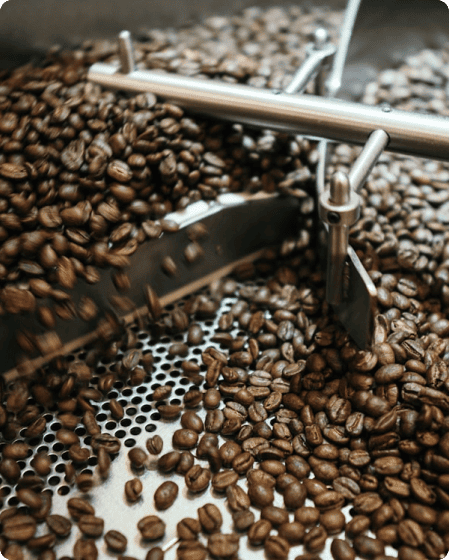
Ensuring the cleanliness of coffee equipment
A shiny espresso machine is about aesthetics, atmosphere and a guarantee of consistent taste. Every part of the equipment that comes into contact with coffee or water must be perfectly clean.
Coffee oils and ground coffee residues accumulate very quickly, oxidize and affect the taste. Contaminants also promote the growth of bacteria and mold.
The main components that we recommend cleaning regularly:
- Portafilter and group grid – after each portion.
- The millstones of the mill – at least once a week.
- Group and internal canals – by backwashing with detergent at least once a week.
- Water tank – to avoid water stone and odors.
Cleanliness is not only beauty, it is the basis of taste. That’s why any high-quality cup starts not with the beans, but with the hygiene of the equipment.
Optimal water parameters for espresso preparation
Espresso contains 90-95% water. It is thanks to water that we feel the flavor, it affects the final taste and texture. Therefore, its parameters are critically important.
The ideal water pressure for espresso is 9 bar. It allows the water to penetrate the coffee tablet evenly to ensure proper extraction.
The water temperature should be between 90 and 96°C. A lower water temperature will result in sour and flat coffee, while a higher temperature will make the coffee bitter.
We recommend filtered or bottled soft water with the correct mineralization (75-150 ppm). Hard water can clog the system, and too soft water will make the taste hollow.
Remember: even the best quality beans won’t save the drink if the water is of poor quality.

The right dosage of ground coffee
In making espresso, precision in proportions and technique is important.
The recommended dosage of coffee is 18-20 g of ground coffee per double portion of a drink. This is not a universal rule – the amount of coffee you need may vary depending on the recipe, coffee beans, and equipment.
To make the perfect cup of espresso, it is extremely important to weigh the dose of ground coffee accurately. To do this, use a scale with a high accuracy of one tenth of a gram. First, weigh the empty portafilter and then weigh it together with the coffee to determine the exact grind weight. It is important to maintain the correct ratio of coffee to beverage, such as 1:2. An excessive dose can make the taste bitter and overpowering, while an insufficient dose can make it too sour and weak. Care must be taken with coffee dosage and brewing time. Precision ensures the stability and balance of the flavor. This is especially important if you serve espresso to your customers.
Uniform distribution of coffee in the basket and efficient tempering
After the ground coffee is poured into the portafilter basket, it is extremely important to distribute and compress it evenly – this process is called tempering. The goal is a dense and homogeneous coffee tablet in the basket that will ensure that the pressurized water flows evenly. If the coffee is uneven or has voids in the basket, the water will look for the least resistance and form so-called channels. This will result in uneven extraction and unpredictable espresso flavor. At the same time, a coffee tablet that is too dense can slow down the extraction, resulting in a bitter taste.
The grinding in the basket can be distributed using a leveler, spreader and leveler. There are also combined tools, such as the leveler-push. One side is the leveler, which is responsible for even distribution, and the other side is the push, which compacts the coffee.
Tempering is performed with a pressure of about 15-20 kilograms, and it is important that the movement is straight and even, without distortions. Properly performed tempering creates a stable structure that allows water to flow evenly through the coffee.
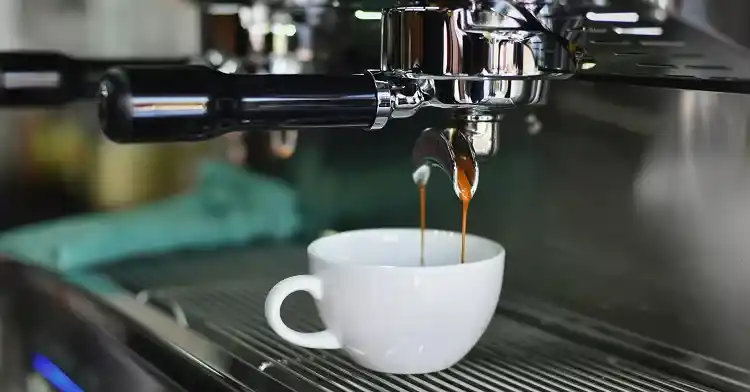
Extraction process and parameter control
Extraction is the key process that extracts aroma, flavor and texture from ground coffee. This is how espresso is born.
To get a balanced drink, you need to control the duration of the infusion. Usually, the preparation time is 25-30 seconds.
For 18 grams of ground coffee, the optimal yield is approximately 36 grams of liquid. A ratio of 1:2 is recommended.
If the spillage is too fast, the coffee will be sour and not rich enough due to under-extraction.
If you feel tartness and bitterness, you can confidently say that there are problems with the cooking time. This phenomenon is the result of too slow a spill.
The cream, its color and structure, density, also say a lot about the correctness of the espresso preparation process.
Customize the flavor to your own preferences
Customizing the flavor of espresso is a creative process that allows you to adapt the drink to your own preferences.
There is a certain standard that is relevant for establishments that serve a large number of customers. However, when it comes to individual consumption, the situation is somewhat different.
By changing the grind, you can influence the speed of the pour over: a finer grind slows down the extraction, while a coarser grind speeds it up. The amount of coffee also matters – a larger dose gives a denser and richer espresso flavor, while a smaller dose makes the drink lighter and softer. The balance of flavor depends on the temperature of the water: a higher temperature enhances bitterness, while a lower temperature emphasizes acidity. Each bean reacts differently, so it’s important to experiment.
There are a number of alternative methods of making espresso. An aeropress produces a concentrated drink similar to espresso. A moka pot or geyser coffee maker produces espresso, but without the cream.
The perfect espresso is not a standard, but the result of a personal search for the coffee that tastes good to you.
Serving espresso and recommended combinations
Serving espresso is more than just serving a drink, it’s part of the experience your guest or customer will have.
The Italians say: “If the coffee is served incorrectly, you can’t save the taste.”
We recommend using a 60-90 ml porcelain or ceramic cup. Be sure to preheat the dishes to help maintain the temperature of the drink.
The ideal serving temperature for your espresso to fully develop its flavor without burning the drink is approximately 60°C.
We recommend placing a glass of clean water nearby. Water refreshes the taste buds before tasting.
Another important detail is complimenting the coffee. Light almond cookies, a piece of dark chocolate, or crispy biscotti will successfully emphasize the aroma and taste of espresso.
All these details turn a simple cup of coffee into a ritual.
The right serving shapes the first impression, completes the flavor composition, and makes each serving of espresso part of a pleasant experience that you want to return to again and again.
Tips for submission:
- The cup is porcelain or ceramic, 60-90 ml in volume, preheated.
- The serving temperature is about 60°C.
- Next to it is a glass of water to cleanse the taste buds.
- Ideal pairings are biscotti, dark chocolate, almond cookies.
Serving is the final touch. It creates the atmosphere and sets the mood.
